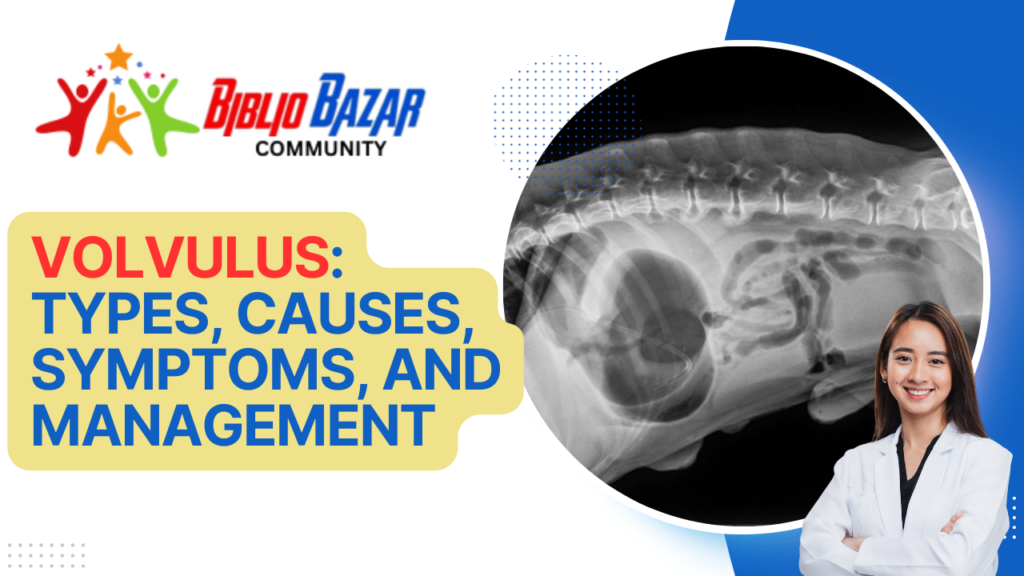
Gastrointestinal Stromal Tumors (GISTs) are a unique and relatively rare type of tumor originating from the interstitial cells of Cajal in the gastrointestinal tract. While they can develop anywhere along the GI tract, they are most frequently found in the stomach and small intestine. GISTs are often identified by mutations in the KIT or PDGFRA genes, which are crucial for both diagnosis and treatment strategies.
GISTs can be categorized based on genetic mutations and their location within the GI tract. The majority of GIST cases involve mutations in the KIT gene, while PDGFRA mutations are less common. Some GISTs lack detectable mutations in these genes and are referred to as wild-type GISTs.

The primary cause of GISTs is linked to genetic mutations that drive uncontrolled cell growth. Although the exact reasons for these mutations are not fully understood, they can occur sporadically or be inherited in rare cases. Environmental factors are not believed to significantly contribute to the development of GISTs.
Risk factors for GISTs include being over the age of 50 and having specific genetic syndromes such as neurofibromatosis type 1 (NF1) or Carney-Stratakis syndrome. GISTs are slightly more prevalent in men than in women.

Symptoms of GISTs depend on the tumor’s size and location. Common symptoms include abdominal pain, gastrointestinal bleeding, nausea, vomiting, and a noticeable mass or swelling in the abdomen. In some cases, GISTs may be asymptomatic and discovered incidentally during imaging studies for other conditions.
Treatment options for GISTs vary based on the tumor’s size, location, and genetic mutation status. The primary treatment is surgical resection aimed at complete tumor removal. For unresectable or metastatic GISTs, targeted therapy with tyrosine kinase inhibitors (TKIs) such as imatinib (Gleevec) is standard. These medications specifically target the abnormal proteins produced by the KIT or PDGFRA mutations.

Surgical management of GISTs involves removing the tumor and, if necessary, surrounding tissues to ensure complete excision. Minimally invasive techniques like laparoscopic surgery may be employed for smaller tumors, while larger or more complex cases may require open surgery. Post-surgical care focuses on monitoring for recurrence and managing any complications.
A comprehensive nursing care plan for GIST patients includes preoperative and postoperative care, patient education, and emotional support. Preoperative care involves preparing the patient for surgery, obtaining informed consent, and addressing any anxiety or concerns. Postoperative care centers on pain management, monitoring for signs of infection, and ensuring proper wound healing. Nurses also play a critical role in educating patients about their condition, treatment options, and the importance of follow-up care.
Frequently Asked Questions about Gastrointestinal Stromal Tumors (GISTs)
- What is a GIST?
A GIST is a type of tumor that arises from the interstitial cells of Cajal in the gastrointestinal tract, most commonly found in the stomach and small intestine. - What causes GISTs?
GISTs are primarily caused by genetic mutations in the KIT or PDGFRA genes, which lead to uncontrolled cell growth. - Who is at risk for developing GISTs?
Risk factors include being over 50 years old, having genetic syndromes such as neurofibromatosis type 1 (NF1) or Carney-Stratakis syndrome, and being male. - What are the symptoms of GISTs?
Symptoms can include abdominal pain, gastrointestinal bleeding, nausea, vomiting, and a noticeable mass or swelling in the abdomen. Some GISTs may be asymptomatic. - How are GISTs diagnosed?
Diagnosis typically involves imaging studies like CT scans or MRIs, endoscopic examinations, and biopsy to test for genetic mutations. - What are the treatment options for GISTs?
The primary treatment is surgical resection. For unresectable or metastatic GISTs, targeted therapy with tyrosine kinase inhibitors (TKIs) such as imatinib is standard. - What does surgical management of GISTs involve?
Surgical management includes removing the tumor and possibly surrounding tissues. Minimally invasive techniques may be used for smaller tumors, while larger cases may require open surgery. - What is the role of targeted therapy in treating GISTs?
Targeted therapy with TKIs focuses on inhibiting the abnormal proteins produced by the KIT or PDGFRA mutations, which helps control tumor growth and spread. - What is the nursing care plan for GIST patients?
The nursing care plan includes preoperative and postoperative care, patient education, and emotional support. It focuses on preparing the patient for surgery, managing postoperative recovery, and educating about follow-up care. - What is the prognosis for GIST patients?
The prognosis varies based on the tumor’s size, location, and genetic mutation status. Early detection and treatment improve outcomes, and targeted therapies have significantly advanced the management of GISTs.
Subscribe us for more videos like this and visit bazarbiblio.com for notes and free pdf books. Thank You.
Discover more from Bibliobazar Digi Books
Subscribe to get the latest posts sent to your email.


